Home > Industries > Medical Devices
In the fast-paced world of healthcare, ensuring the uninterrupted flow of critical medical devices and products is paramount.
It doesn’t matter whether it’s high-volume bandages, sutures and PPE, or high-value medical devices and surgical instruments—growing global demand and explosion of online marketplaces make medical devices lucrative targets for fraud.
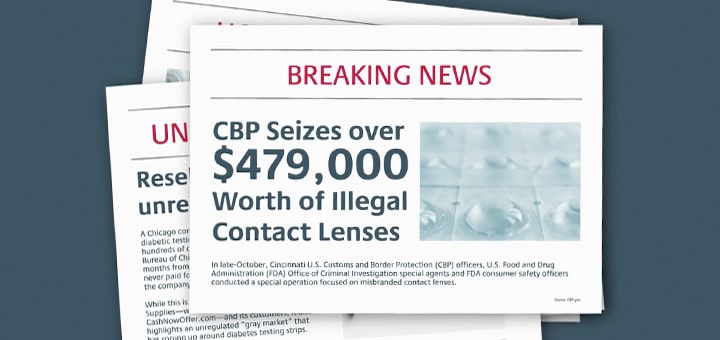
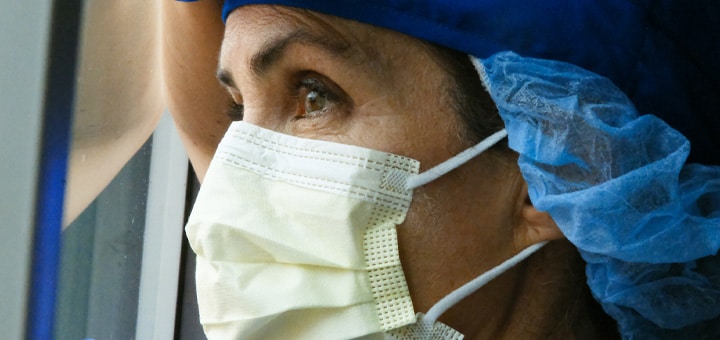

Systech technology leverages an existing package barcode (UDI, UPC, QR) to create a digital identifier, an e-Fingerprint®, for each and every product. This establishes a digital layer of product protection. Using a simple smartphone app, a product can be authenticated as genuine or suspect immediately—anywhere in the supply chain. Establishing a strong counterfeit and diversion detection program can now be placed in the hands of your inspectors and supply chain partners.
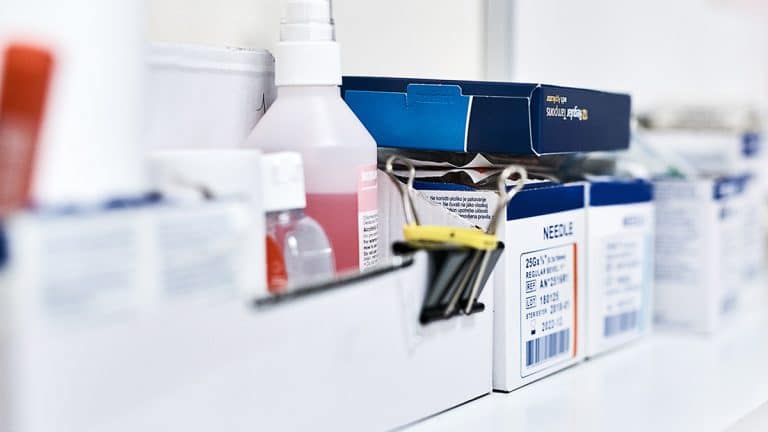
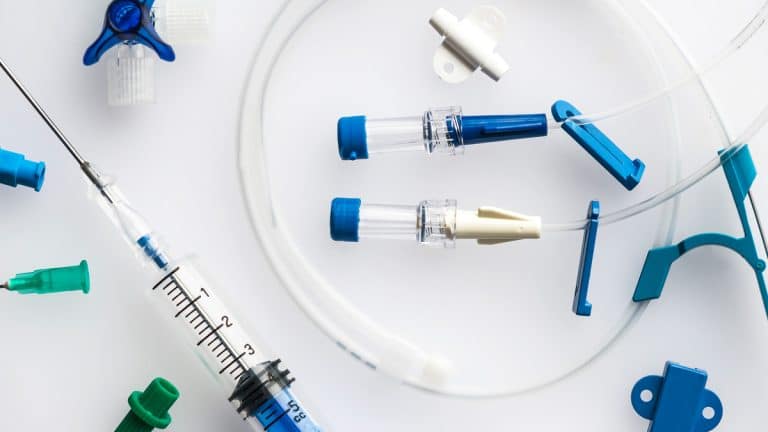
Systech pioneered item-level serialization and is a leading supplier of compliance solutions for the pharmaceutical industry. And with the ability to aggregate, our platform also allows cases and pallets of products to be identified and traceable across the supply chain. We deliver transparency through integrating supply chain data with your supply chain partners to deliver a stronger and safer product journey.
Built on over 35 years of proven performance, our patented software platform integrates vision inspection, line control and workflow management. Having Systech vision on the line is the most effective way to ensure your total cost of ownership remains low. You get a tightly integrated, single-vendor solution—without impact on production rates—to help you reduce waste, drive efficiency and achieve compliance.
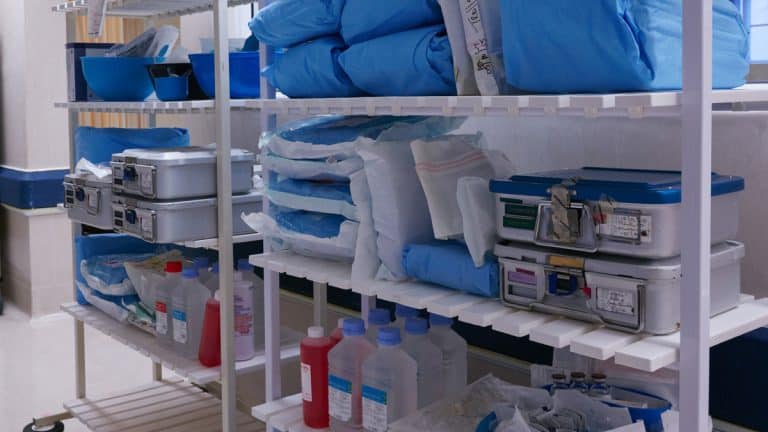
Our full stack (L1-L5) track and trace solutions helps deliver a stronger and safer product journey.
Counterfeiters and diverters of successful medical products have little regard for consumer…
Key takeaways from our recent webinar on why supply chain traceability and product…